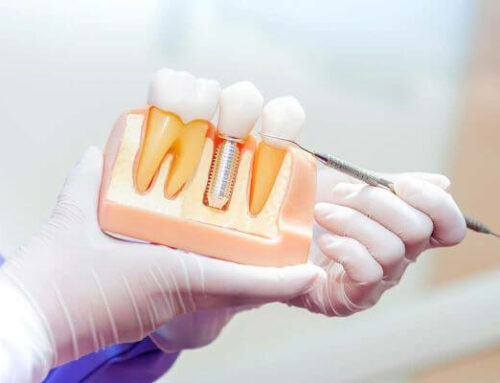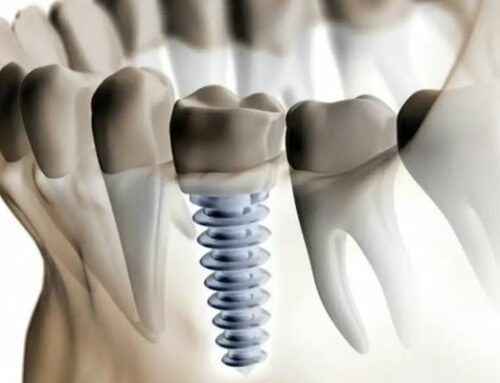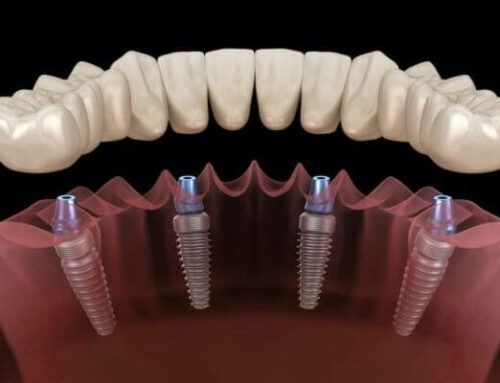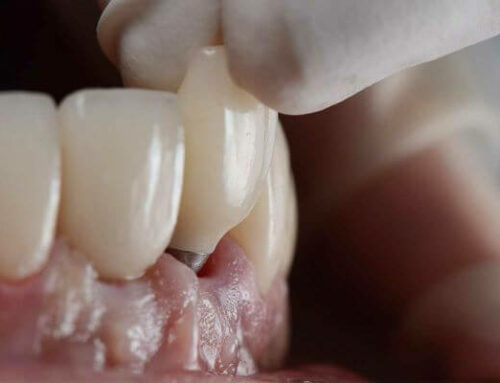Welcome to reading about the dental implant procedure. Here we will discuss the dental implant process. We are sure that after learning all there is to know about dental implants and types of implants, you will be able to make informed decisions about your dental health. So let’s take a step forward. What do you need to know about dental implant surgery?
Dental implant surgery always begins with surgical preparation. From doctor visits to x-rays to planning procedures. This will always be an important stage for talking about medical history, plans, goals, and fears. During the first surgery, the implants are placed and the gums close up again. Then the healing period begins. It takes 4 to 6 months for the gums to heal. The next step is a second process where the abutments are added and then the dentures are fitted.
If we count the recovery time, the whole process will last 6 to 9 months. This also depends on the type of implant chosen and the patient. However, there are also same-day implant options and faster options that take 1 to 3 days.
1. What are the steps of dental implant surgery?
If you’ve read about the types of dental implants, you know that there are many types of implants, especially when it comes to surgery. In this article, we will mainly talk about the more classic dental implant process. However, we will add paragraphs explaining if there are exceptions or discrepancies in the procedure. For example, procedures with slightly different types of implants require several steps.
The steps of dental implant surgery are as follows:
- surgery preparation
- placement of implants
- Healing time after the first surgery
- Dental Implant Abutment Procedure
- Prosthesis installation
Let’s check them out one by one!
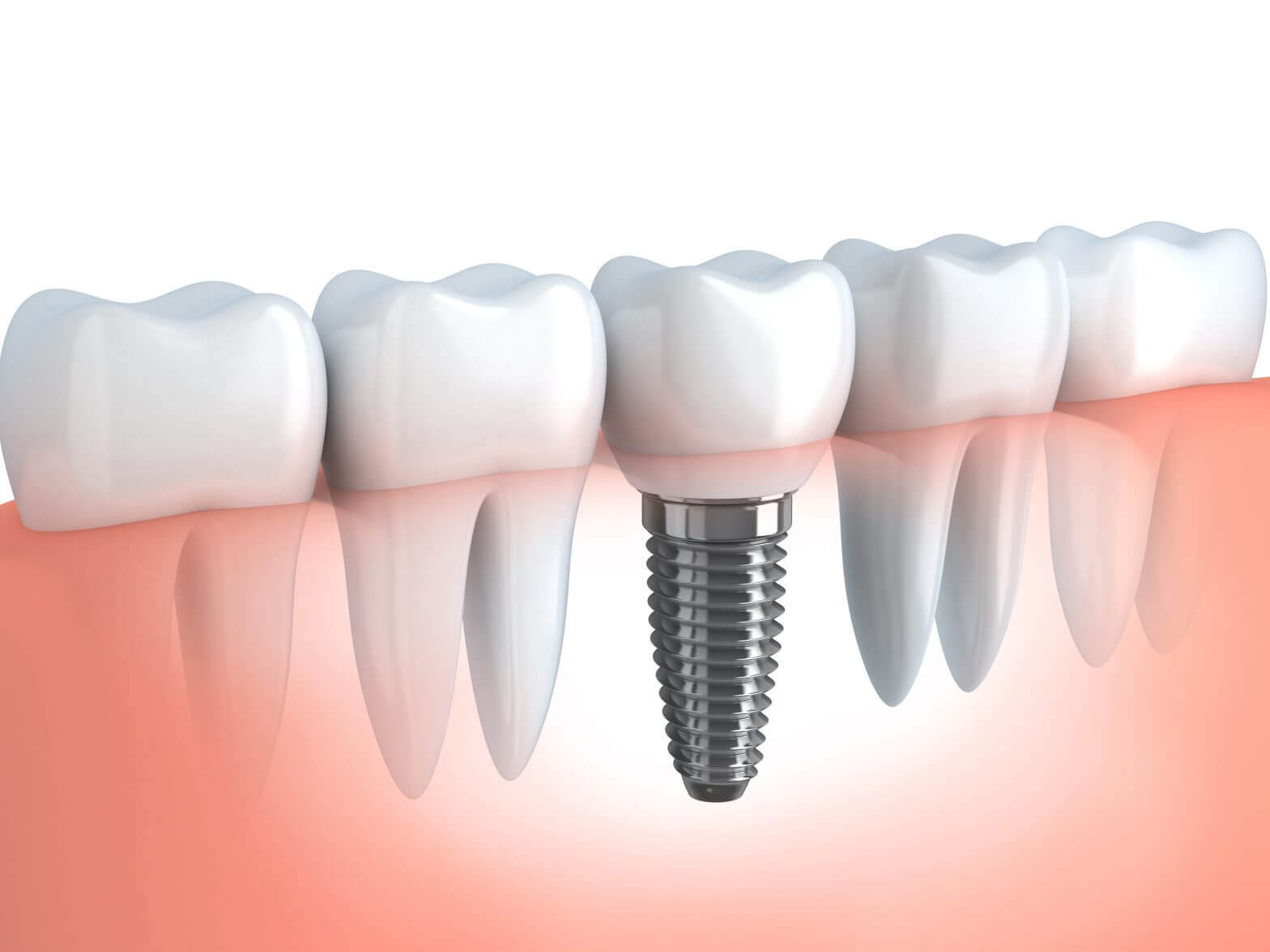
1) Preparation for surgery
The first part of the implant preparation process can take some time, and you will need to make some important decisions. The first step is to decide who will perform the entire dental implant procedure. You need a dentist who specializes in oral surgery. After deciding to trust a dental professional, it is necessary to analyze the area to be treated and create a treatment plan. This is the time for the dental examination and planning phase. You will need to review your current condition as well as your medical history. It is important to always be aware of the patient’s medical history, present and past.
You will definitely need a panoramic X-ray of the area to closely examine the bones, nerves, and sinuses. Also, the gums should be analyzed for their condition and dimples to make sure there are no cavities or infections. These types of issues need to be addressed before dental implant surgery begins.
In addition, we need to note that if the amount of jaw bone is insufficient, dental implants or maxillary sinus lifts may be required to increase bone density. The surgeon will evaluate this option and include it in the treatment plan.
If you wish and need to have a tooth extracted, it can be done on this day.
2) Place the implant
When the day comes for your dental implant surgery, you may feel anxious and worried about the implant procedure. It’s time to insert the artificial tooth root. So let’s talk about what’s going on so you can understand what’s going on and have peace of mind.
When implanting dentures, the dentist and oral surgeon will begin by measuring and marking the distance between the upper and lower teeth and the naturally occurring lower jaw. The distance between the upper and lower jaws should also be the same after surgery. This ensures a natural feel, identical facial structure, and good chewing ability.
The procedure begins with an injection of local anesthesia. If you have severe anxiety and want a quiet procedure, a sedative may be given to help you. You won’t feel any pain, but you will hear the annoying noise typical of a dental office. While the anesthesia is in effect, your dentist will tell you about the procedure and steps, the expected duration of the procedure, and advice on what to do after the procedure.
Then the program starts. In this part, we will discuss intraosseous implant surgery, also known as intraosseous implant surgery.
The surgeon opens the gum to expose the bone. A hole will be made in the bone to insert metal screws (usually titanium posts), dental implants, or artificial roots. Once the opening is complete, insert the metal post. Finally, the gums are sutured to protect the area. In fact, it’s important to keep food and bacteria away from the bone and implant to avoid infection.
And so the operation is over. You will be free to go home without eating or drinking for several hours.
3) Healing time after the first surgery
Once this is the first part of your dental implant procedure, it’s time for you to take care of your implants. It’s time to heal. This usually takes four to six months and requires some proper care to keep your teeth healthy.
During this time, the process of osseointegration occurs. What is osseointegration?
The process of osseointegration creates a structural and functional connection between the jawbone and the dental implant. It’s simple: the bone accepts the implant as part of itself, so the dental implant and the bone become one with no repulsion. The procedure is successful if the correct materials that are biocompatible with bone, such as titanium and zirconia, are placed. These have the highest success rate making them 100% biocompatible.
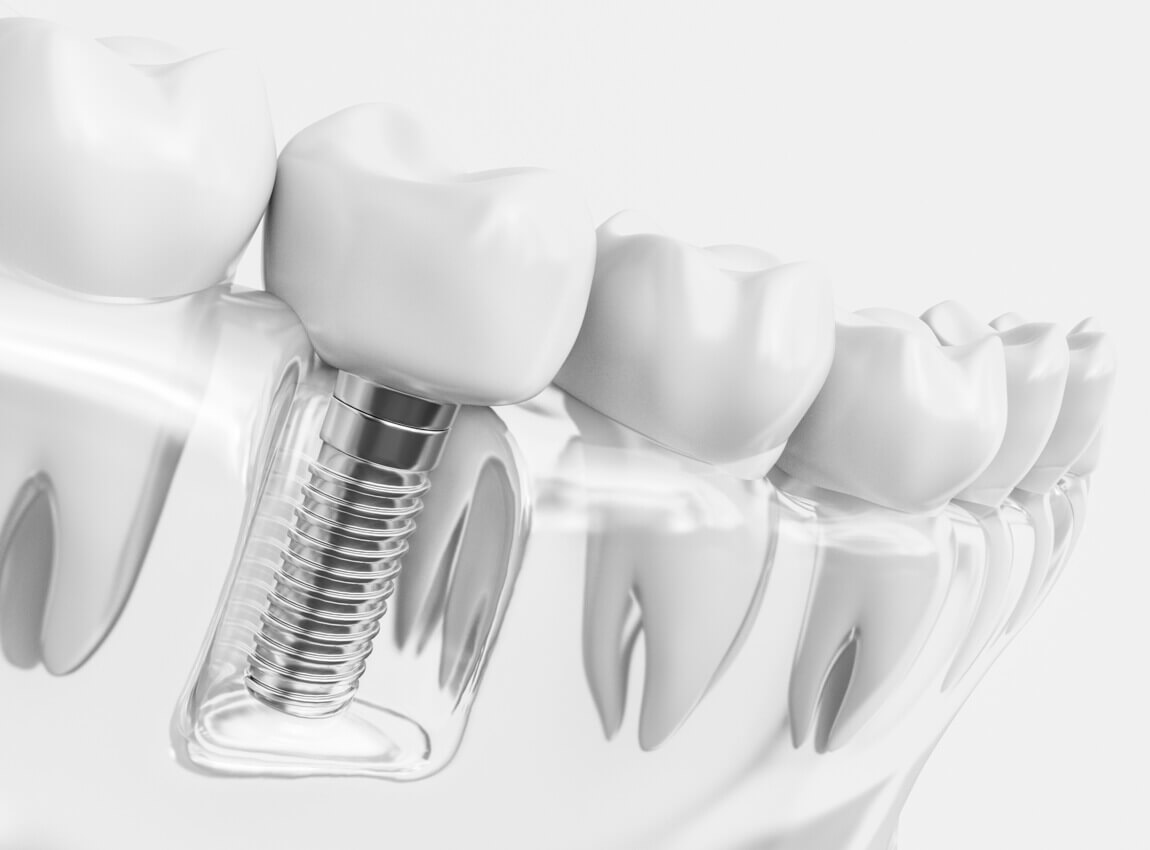
4) Implant abutment procedure
Once the healing phase is complete, it’s time to install the abutment. This is the part that attaches the implant to the crown, bridge, or denture.
If a two-step procedure is used, additional manipulations will be required to open the gums. The second surgery is less invasive than the first and again only requires the use of local anesthesia. This is an outpatient procedure only.
When the abutment is attached, there will be stitches around the gum but not on the abutment. The dentist will not close off the gums on top of the abutments. The gum seals around it just to avoid openings in the gum that would allow bacteria debris from food to pass through.
Sometimes this surgery is done on the same day as the first surgery, for example, one tooth a day.
The healing process for implant abutment surgery varies and usually takes two to three weeks.
5) Prosthesis installation
No matter what type of dentures you choose now is the time for the procedure. During the recovery week, you will wear a temporary prosthesis. Temporary restorations (crowns, bridges, or dentures) are used in the healing period between abutment and restoration installation.
These will be removed and a permanent prosthesis will be applied. After this procedure, you will no longer need surgery or visits to the dentist.
However, we recommend that you visit your dentist at least 2 to 3 times a year for regular cleanings and checkups.
6) Placement of implants in a single-stage procedure
Dental procedures in a single-case stage program do not differ in any way except for the final stage. So let’s talk about the stitching phase. Stitching—and future reopening of the gums—is not done in a one-stage process. Both steps are avoided by keeping the gum open to avoid future reopenings. Hence the name single stage.
Closing the gums is at the doctor’s discretion. The program must always be adapted to the needs of the patient. So, depending on the situation and the patient, the doctor will decide whether to use sutures-.
7) Place the implant in immediate weight-bearing surgery
In immediate weight-bearing implant surgery, there is no waiting between post-insertion, abutment installation, and denture or denture installation. In short, it’s a 3-in-1 program. In some cases, dentures or dentures are inserted on the day of surgery. Other conditions within the next 48 hours. The advantage of this process is mainly the speed of the whole process. Instead of waiting six to nine months, everything is done in a matter of days.
This procedure is usually preferred if the extraction is done on the same day, utilizing the fresh socket created by the extraction.
If you are a candidate for a single-stage procedure, your time will be reduced by several weeks
8) What about all-on-4 dental implant surgery?
All-on-4 dental implant surgery is used to install full arch dentures with only 4 implants, whereas other implants typically use 6 to 8 implants.
During the first part of this procedure, any partial or complete existing teeth will be removed to create space on both arches. In order to place the four implants, the entire gum will be opened. Four on top and four on the bottom. The jaw ridge will be reduced based on the previous measurements and the dental implants will be placed.
Choosing a slightly inclined orientation for the implant is critical for maximum strength and stability. In addition, any other nerves or sinus cavities must be avoided. After the implant is placed, the gums will be sutured.
Abutments are installed immediately as the denture will be implanted the same day. Why? So, how can you live comfortably without teeth? So after the gums are stitched and the abutments are placed, the temporary dentures will be fitted and the dentist will make sure the bite is perfect. Any irregular contact points must be corrected immediately
After your gums have healed, you’ll go back for permanent dentures.
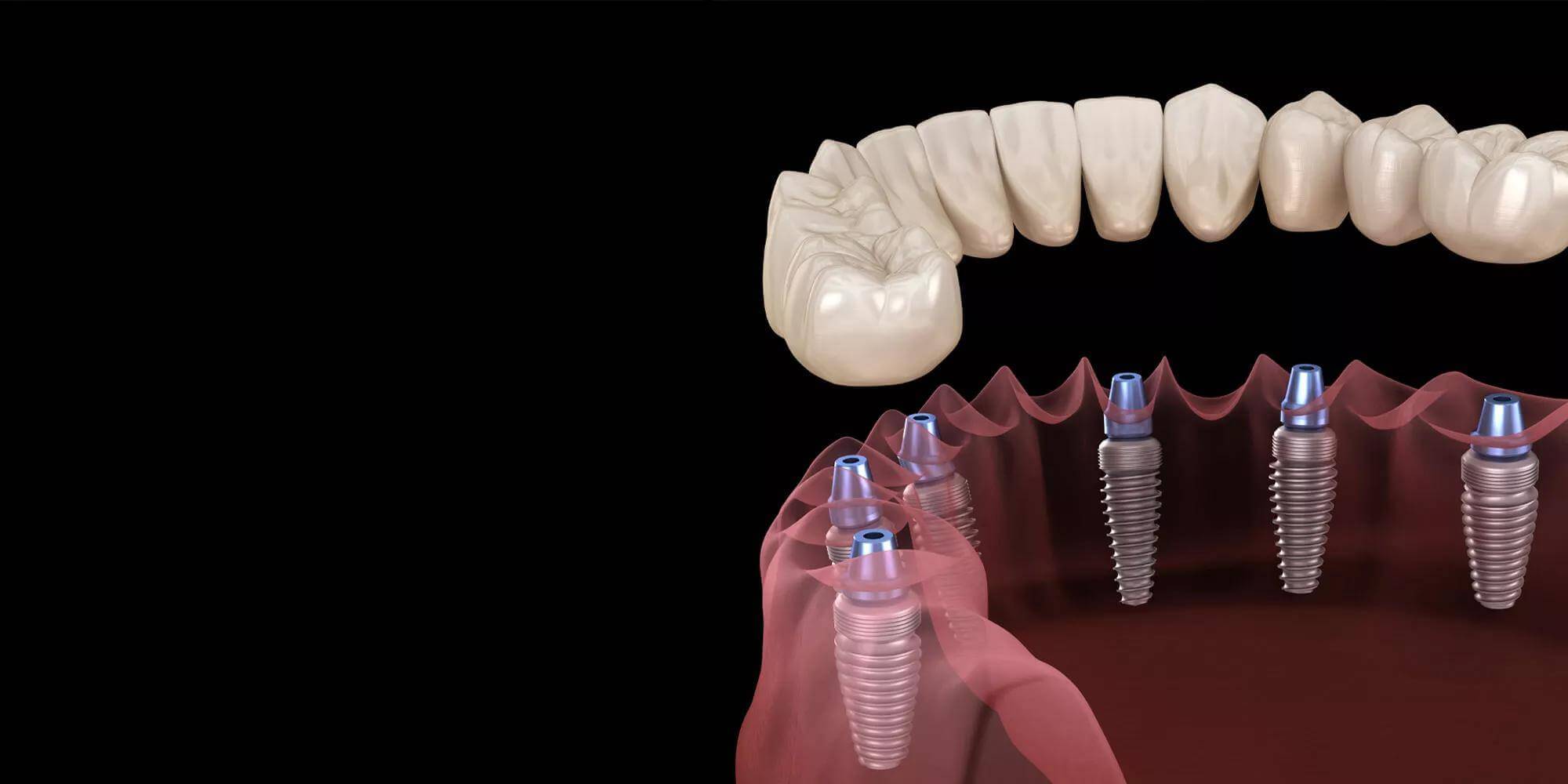
9) Implant Surgery Timeline: How long does implant surgery take?
When you ask yourself the duration of your dental procedure, you need to be more specific. Do we want to understand surgery or the entire process including all interventions?
Dental implant surgery takes one to two hours. Installation of the abutment takes up to one hour. Fitting dentures takes 30 minutes to an hour. Obviously, these times will vary based on the patient’s condition.
However, it is necessary to keep in mind the time elapsed between various programs. It takes four to six months between the placement of the implant and the placement of the abutment. There is a period of two to three weeks between the insertion of the abutment and the insertion of the restoration. The program can take five to nine months from start to finish.
With the instant loader, the time is reduced, to about two or three days. As you can imagine, same-day implant surgery takes only one day, sometimes two.
Due to the fact that you don’t have to complete an additional procedure for the abutment, the time required for the one-step procedure is reduced by about two or three weeks.
10) What happens during the dental implant procedure?
Dental implant surgery can create fear and insecurity for patients. So we always try to be transparent about what happened and how the surgery was performed.
However, we always remember that the entire procedure is performed under local anesthesia, so there is no pain. You’ll feel light, painless pressure and hear all the typical noises of a dental office. We know, no one likes them, but at least they don’t hurt.
You may experience mild pain and discomfort for the next few days and weeks, especially for the first time. You’ll also need to maintain healthy habits to make sure you don’t cause problems in sensitive areas after surgery.
While you will need to focus and be patient for a few weeks, you will reap the benefits of dental implants for a lifetime. You’ll definitely look back and decide it was worth it!
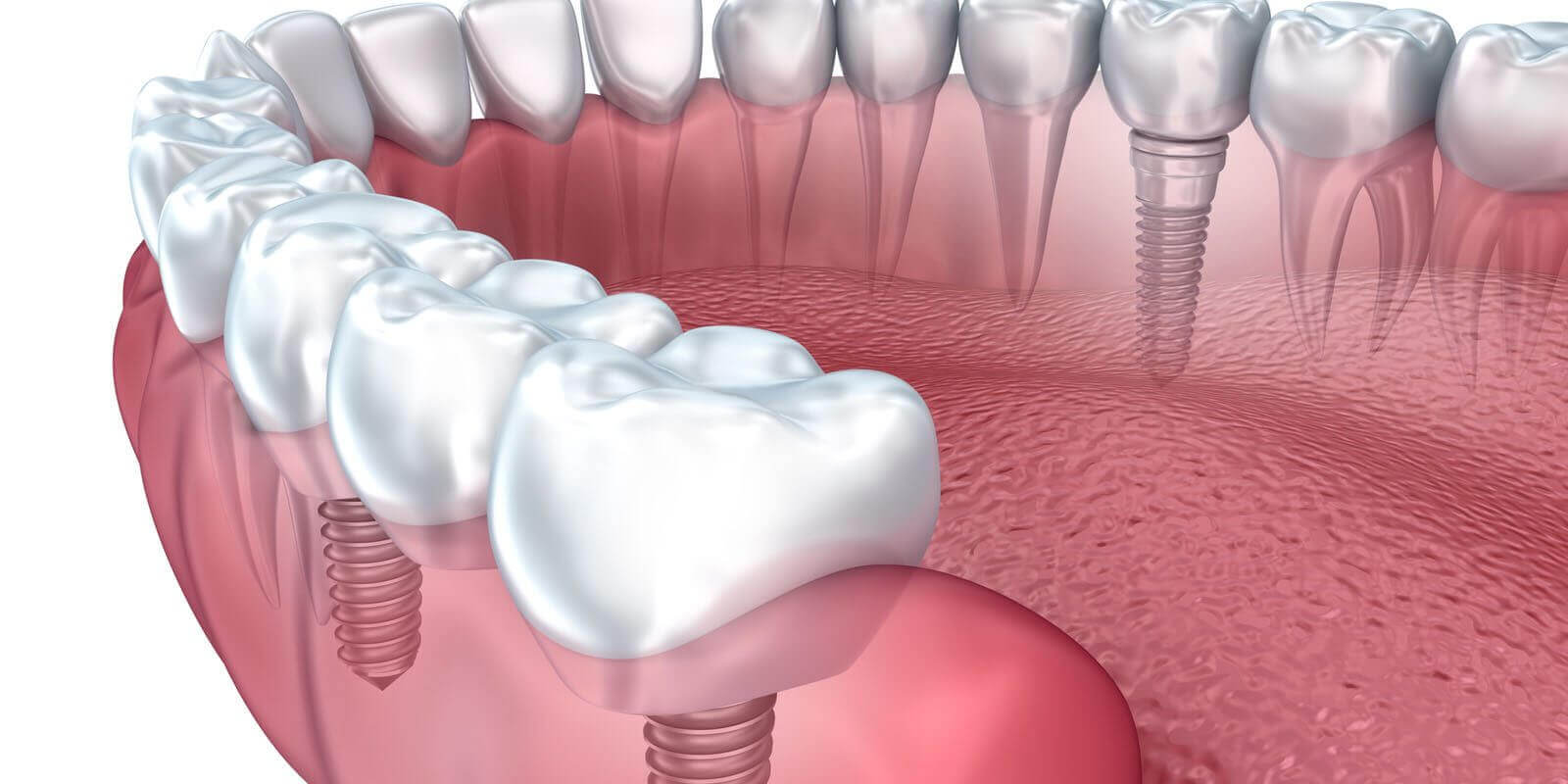
2. Frequently Asked Questions about Dental Implant Surgery
Now is the time for the FAQ, where we provide quick answers to the most frequently asked questions from our patients. In the FAQ, we discuss implant surgery and some details not covered in the previous paragraphs. How painful is the operation? Is the surgery safe? We will give a clear answer to everything. Let’s start!
1) Is dental implant surgery safe?
Yes, dental implant surgery is safe and has become routine. However, like any surgery, it comes with risks. Even if their percentage is low, you should know about them. You need to follow all your doctor’s recommendations carefully to avoid implant failure and maintain good oral health.
2) Is dental implant surgery dangerous?
No, you don’t have to worry. This is a safe procedure and routine for oral surgeons. However, there are some risks with this process that you should be aware of. The percent risk is very low, and if you follow your dentist’s instructions carefully, you’ll be fine.
3) Is general anesthesia required for dental implant surgery?
No, dental implant surgery is an outpatient procedure, also known as an outpatient, day, or same-day dental implant surgery. Local anesthesia will be used. This means you will be awake but not feeling anything. Your mouth will be completely numb. You will go home immediately after surgery, but it is recommended that you rest as much as possible.
4) How painful is it after dental implant surgery?
The dental implant surgery itself is not painful. You won’t feel anything due to the local anesthesia. However, some patients experience some pain and discomfort within the first week after each procedure. This is a normal part of the period of change. Usually, there’s nothing that over-the-counter pain relievers can’t fix. Contact your dentist if you experience any uncomfortable pain.
5) Who performs dental implant surgery?
Dental implant surgery must be performed by an oral surgeon or maxillofacial surgeon. An oral or maxillofacial surgeon is a dentist or periodontist who specializes in surgery. Specializations in these areas allow dentists to gain a deeper understanding of the bone and the area of the tooth, as well as the process of applying implants. This enables you to have a successful implant and a safe procedure.
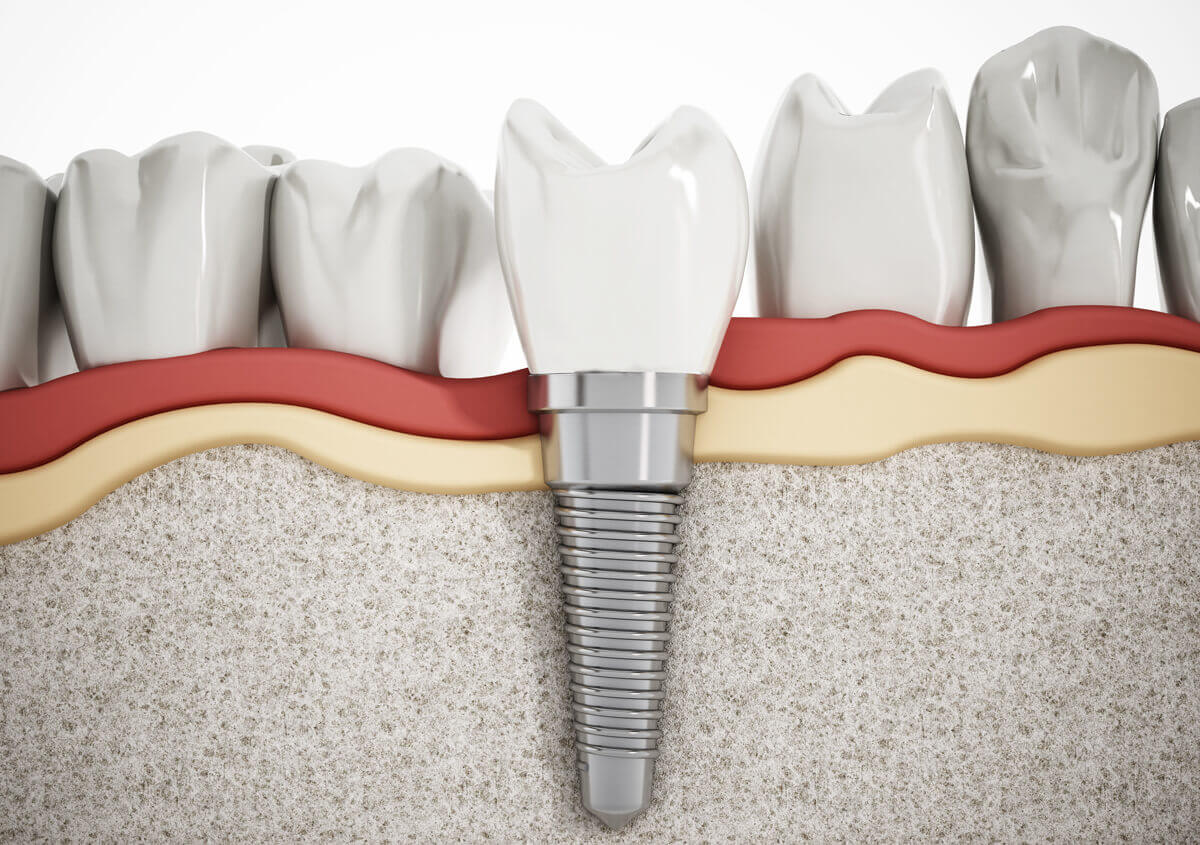
6) What is the implant uncovering procedure?
We have already discussed the dental implant uncovering process. Dental implant uncovering involves reopening the gums for the insertion of abutments. The gums are already sealed during the first surgery to cover the inserted dental implant and protect it from external elements. Dental implant uncovering is part of secondary implant surgery.
If we count the recovery time, the whole process will last 6 to 9 months. Depending on the type of implant chosen and the patient, this can also vary. However, there are also same-day implant options and faster options that take 1 to 3 days.
7) How long does it take to wear dentures?
This is a very common problem. In short, it is spread over a period of 6 weeks to 3 months. This period of time varies based on different factors. You can try to predict how long you will need by looking at these factors.
The first thing to know is that dentures are products that must be produced separately. Your doctor will examine the inside of your mouth, perform some surgery if necessary, and make molds for your dentures. Because the gums may swell after surgery, it can be difficult to measure accurately. For example, this is one of the factors that can lengthen the process.
After your dentures are made, your doctor will run some tests on your dentures to see if they are comfortable and functioning well. As a result of these tests, adjustments to the denture may need to be made so that the denture is delivered to you in the most suitable and useful form. This may also prolong the process.
However, even the longest period usually does not exceed 3 months.
